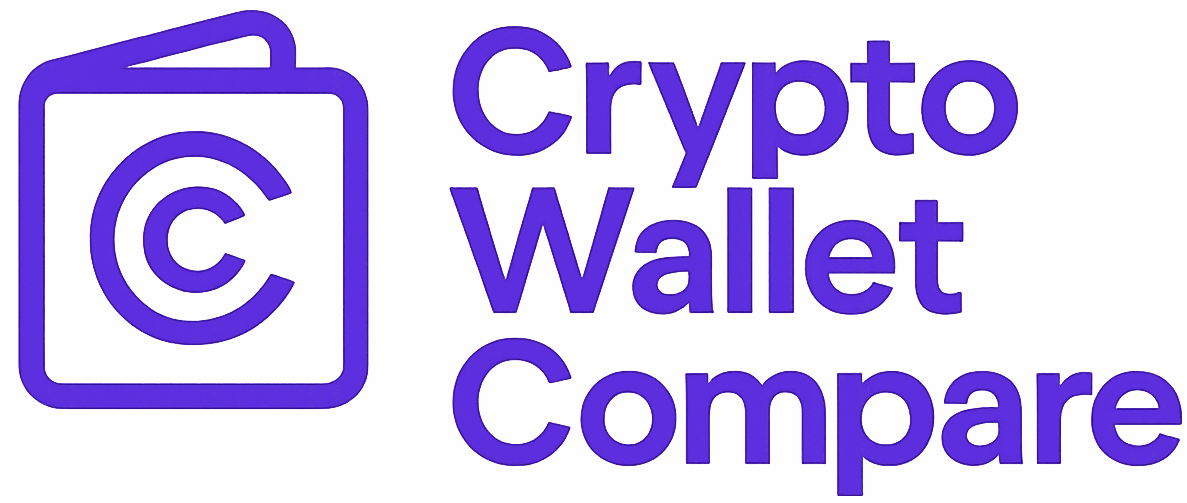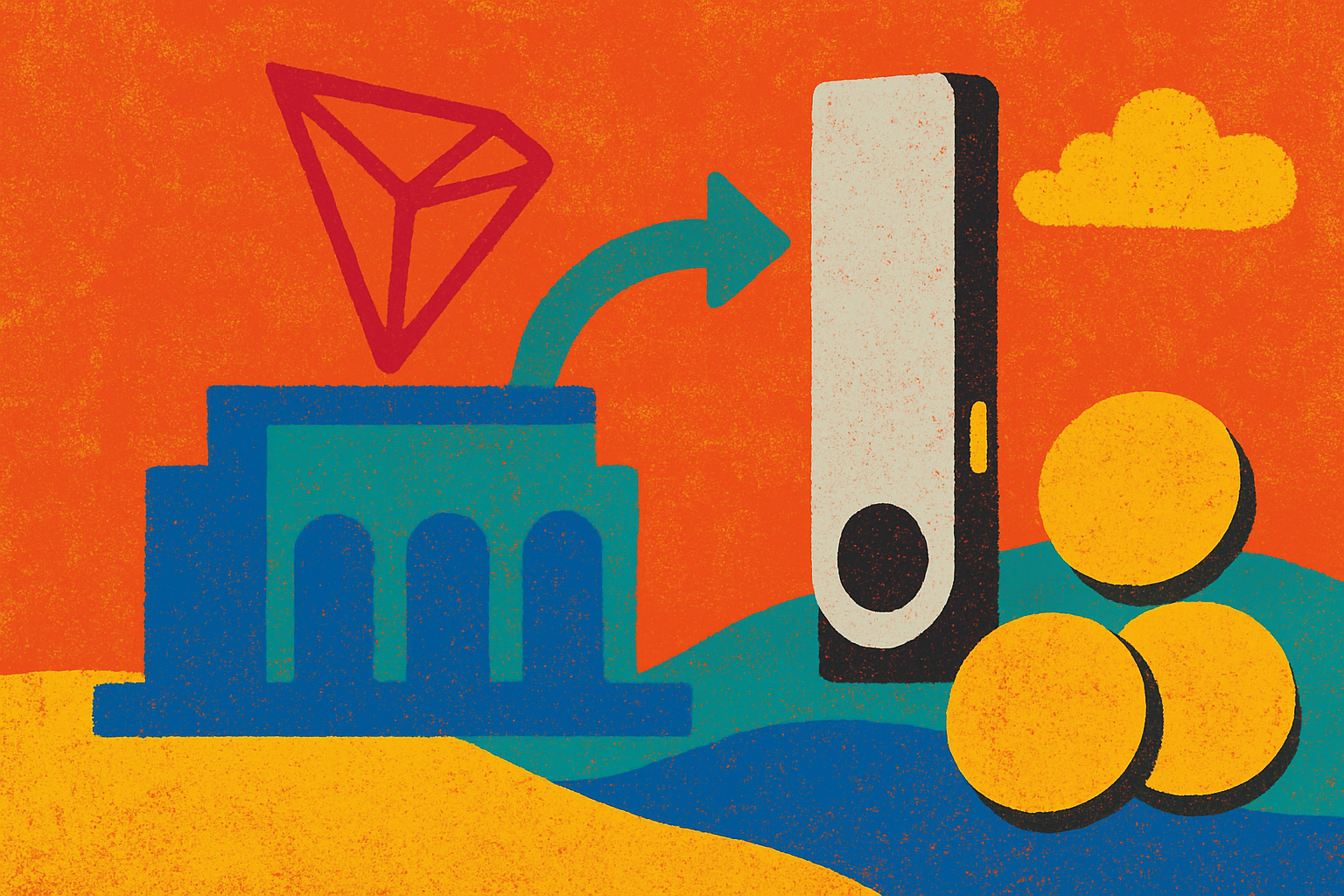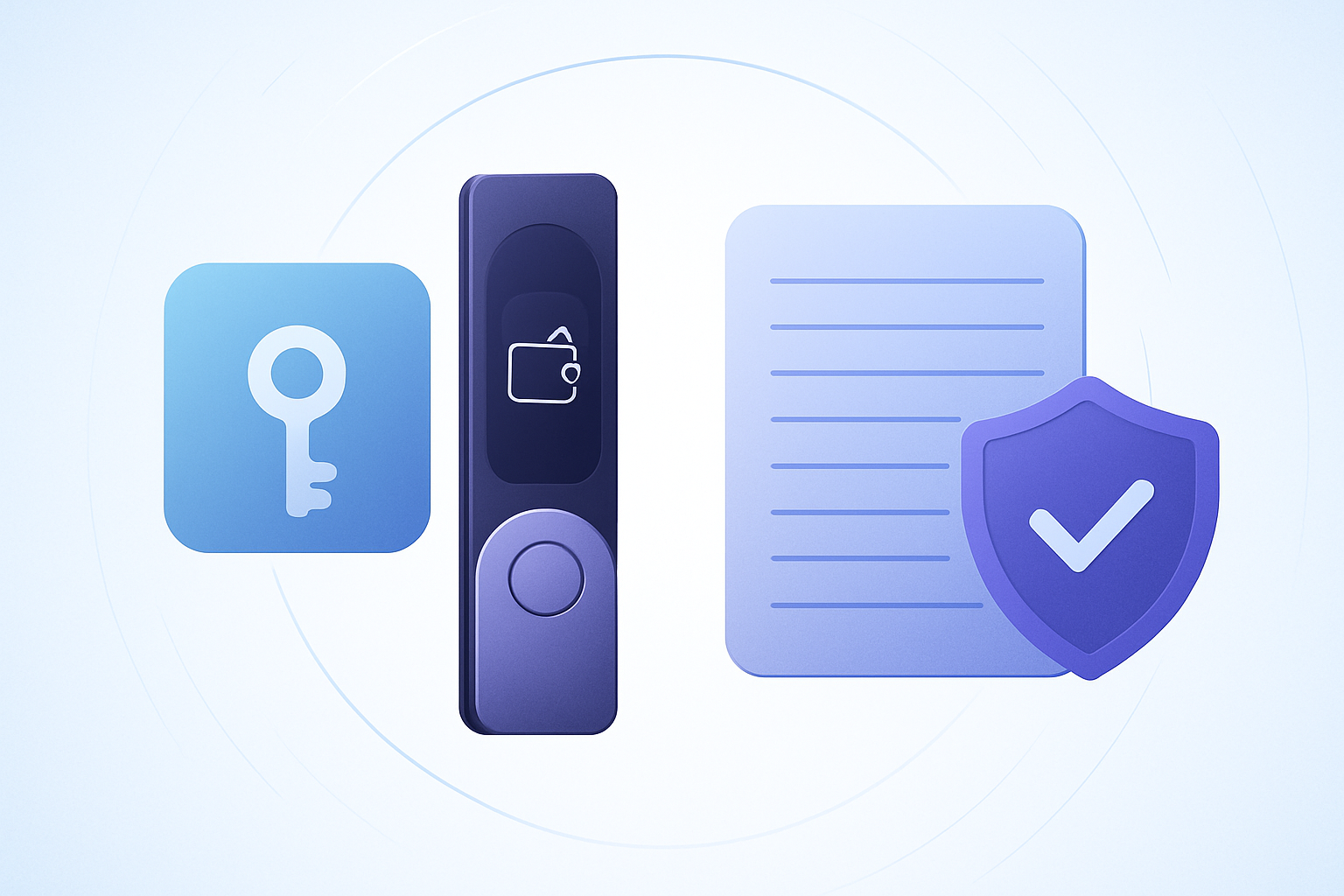Crypto security is evolving fast, and your backup methods need to keep up. If you’re still relying solely on a paper recovery sheet, it’s time to see how new tech like the Ledger Recovery Key shakes up the game. In this visual guide, we’ll break down the real-world differences between the Ledger Recovery Key vs recovery sheet: with a dynamic look at security, usability, and why your backup choice could make or break your digital assets.
Ledger Recovery Key: The High-Tech Backup Card
The Ledger Recovery Key is a PIN-protected NFC smart card that stores your 24-word Secret Recovery Phrase inside a Secure Element chip, the same tamper-resistant hardware trusted in passports and Ledger wallets. At $39 per device (or included with new Ledger Stax and Flex purchases), it’s designed to be a durable, user-friendly alternative to fragile paper sheets. Think of it as a high-end spare key for your crypto vault, not a total replacement for traditional methods.

With PIN protection (4-8 digits), three wrong attempts wipe the card clean, keeping hackers at bay. The built-in NFC lets you wirelessly back up and restore your phrase with compatible devices, no more manual typing or transcription errors. Plus, its Secure Element makes physical tampering almost impossible.
Traditional Recovery Sheets: Simple, But Risky
The classic recovery sheet is as old-school as it gets: write down your 24-word phrase on paper and store it somewhere safe. There’s zero hardware required, and it’s universally compatible with any BIP39 wallet. But that simplicity comes at a steep price in terms of hardware wallet security comparison:
- Physical vulnerability: Paper burns, gets wet, fades, or is lost easily.
- No access control: Anyone who finds the sheet can steal your assets, no PIN, no chip, no protection.
- User error: Handwriting mistakes can make recovery impossible.
Still, paper recovery sheets remain the default option for many, simply because they’re free and instantly available with every Ledger device.
Visual Guide: Ledger Recovery Key vs Recovery Sheet
Let’s get visual, because sometimes seeing is believing. Here’s a side-by-side comparison to drive home what’s at stake when you choose your backup method:
Ledger Recovery Key vs. Paper Recovery Sheets: Key Differences
-

Physical Durability: Ledger Recovery Key is engineered to resist water, fire, and physical damage, thanks to its Secure Element chip and robust card design. Paper Recovery Sheets are highly vulnerable to environmental threats like moisture, fire, and general wear, risking permanent loss of your backup.
-

Access Protection: Ledger Recovery Key is safeguarded by a user-defined PIN; after three incorrect attempts, the device wipes itself, preventing unauthorized access. Paper Recovery Sheets offer no access protection—anyone who finds the sheet can read your recovery phrase.
-

Ease of Use: Ledger Recovery Key enables seamless, encrypted NFC backup and restoration with compatible Ledger devices, making recovery quick and error-free. Paper Recovery Sheets require manual entry of the 24-word phrase, which can be time-consuming and prone to mistakes.
-

Compatibility: Ledger Recovery Key works exclusively with NFC-enabled Ledger devices (Ledger Stax and Ledger Flex). Paper Recovery Sheets are universally compatible with any BIP39-compatible wallet, regardless of brand.
-

Cost: Ledger Recovery Key is priced at $39 per device and is included with new Ledger Stax and Flex purchases. Paper Recovery Sheets are provided free with Ledger devices.
Notice how the Ledger Recovery Key stands out for its resilience and security layers, while the paper sheet lags behind on every physical front.
Security Comparison Cheat Sheet
| Aspect | Ledger Recovery Key 🔐 | Traditional Recovery Sheet 📝 |
|---|---|---|
| Physical Durability | Water/fire-resistant card | Easily damaged/lost |
| Access Protection | PIN-protected; wipes after 3 failed attempts | No protection; fully exposed |
| Ease of Use | NFC backup/restore; seamless | Manual entry; error-prone |
| Compatibility | Works with Ledger Stax/Flex | Universal (any BIP39 wallet) |
| Cost | $39 per device/included with Stax and Flex | Free with Ledger devices |
If you’re serious about crypto wallet backup methods, it’s clear that tech like the Ledger Recovery Key is raising the bar for self-custody security. But before you jump ship from paper entirely, let’s dive deeper into compatibility, restoration processes, and real-world scenarios in the next section.
Real-World Scenarios: When Backup Choices Matter
Picture this: your house floods, and your recovery sheet is toast. Or maybe you’re traveling, and you realize you need to restore your wallet on a new device. That’s where the Ledger Recovery Key shines. Its water and fire resistance means it’ll survive disasters that would obliterate a paper backup. Plus, its compact card form factor fits in any wallet or safe deposit box, ready for action when you need it most.
But there’s more to the story than just durability. The real magic is in the restoration process. With a paper sheet, restoring means painstakingly entering 24 words by hand, one typo and you’re locked out for good. With the Ledger Recovery Key, NFC lets you restore your phrase in seconds, securely and error-free, as long as you have a compatible device like the Ledger Stax or Flex.
Compatibility: The Fine Print
Here’s where the trade-offs get real. Paper recovery sheets are universal, any BIP39-compatible wallet will accept your handwritten phrase. The Ledger Recovery Key, on the other hand, is only compatible with NFC-enabled Ledger devices (currently Stax and Flex). If you’re thinking about switching wallets or want ultimate flexibility, that’s something to consider. But if you’re all-in on the Ledger ecosystem, the Recovery Key is a no-brainer upgrade.
For a deeper technical dive and official specs, check out Ledger’s Recovery Key overview.
User Experience: From Setup to Peace of Mind
Setting up the Ledger Recovery Key is straightforward: pair it with your Ledger Stax or Flex, set your PIN, and back up your phrase via NFC. No more squinting at tiny letters or worrying about ink smudges. And if someone finds your card? Without your PIN, they’re locked out, after three wrong tries, your phrase self-destructs from the chip.
Paper sheets are low-tech but high-stress. You’re constantly thinking about hiding spots, environmental threats, and the risk of accidental exposure. The Ledger Recovery Key brings a level of peace of mind that paper simply can’t match.
Top Practices for Securing Ledger Recovery Keys & Recovery Sheets
-

Store in Separate, Secure Locations: Keep your Ledger Recovery Key and traditional recovery sheet in different, physically secure places to minimize single-point failure risk.
-

Use PIN Protection for Ledger Recovery Key: Always set a strong, unique PIN (4-8 digits) on your Ledger Recovery Key to prevent unauthorized access. Never share your PIN.
-

Protect Against Environmental Hazards: Store paper recovery sheets in water- and fireproof containers. Take advantage of the Ledger Recovery Key’s durability by avoiding exposure to extreme environments.
-

Avoid Digital Copies: Never photograph, scan, or store your recovery phrase or sheet digitally, as this increases hacking and phishing risks.
-

Limit Access and Share Only When Necessary: Only trusted individuals should know the location of your backups. Consider using a trusted executor for inheritance planning.
-

Regularly Test Recovery Process: Periodically verify that both your Ledger Recovery Key and paper recovery sheet work for wallet restoration, ensuring no transcription errors or device failures.
-

Document Backup Details Securely: Record the exact model and setup instructions for your backup methods in a secure, offline location to aid future recovery.
Pro Tip: Use both! Store your Ledger Recovery Key in one secure location and your paper recovery sheet in another. That way, even if disaster strikes one backup, you’re still covered.
What’s Next for Crypto Security?
The future of crypto security is all about blending convenience with rock-solid protection. Products like the Ledger Recovery Key are leading this charge by making advanced hardware wallet security accessible to everyday users, without sacrificing usability. As more wallets adopt similar tech, expect paper-only backups to become relics of the past.
If you’re ready to upgrade your backup game or just want to see how modern solutions stack up against old-school methods, now’s the time to explore what fits your needs, and your risk tolerance. For full details on setup and security features, visit Ledger’s official guide.





